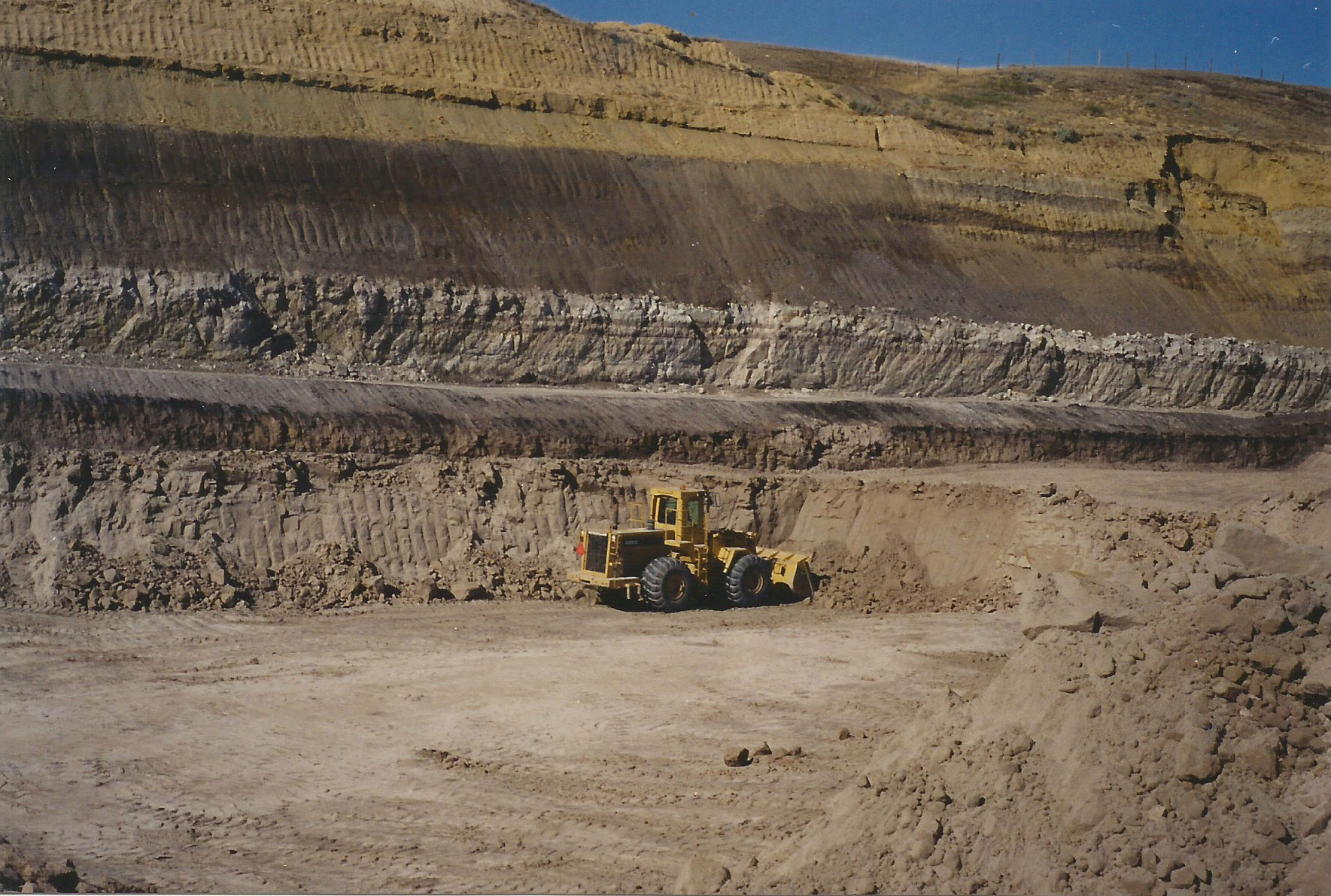| Monthly Tech-Tip | No tracking! No ads! | |
IXL RA2
| Oxide | Analysis | Formula | Tolerance |
|---|---|---|---|
| CaO | 0.29% | 0.02 | |
| K2O | 0.49% | 0.02 | |
| MgO | 0.46% | 0.05 | |
| Na2O | 0.20% | 0.02 | |
| TiO2 | 0.78% | 0.05 | |
| Al2O3 | 21.83% | 1.00 | |
| SiO2 | 64.30% | 5.00 | |
| Fe2O3 | 1.49% | 0.04 | |
| LOI | 10.94% | n/a | |
| Oxide Weight | 419.77 | ||
| Formula Weight | 471.34 | ||
Notes
A very plastic ball clay of fairly high coal content. This material has some iron stone concretion material in it and thus it does contribute to some iron blossoms in cone 10R if not ground fine. RA2 has some soluble salts that produce a brownish surface coloration in reduction firing.
RA2 is similar to most commercial ball clays except that it has a higher iron content and it does not deflocculate well for use in casting slips due to the solubles content.
RA2 fires to a yellow to grey buff in oxidation and reduction.
Fired
Shr Porosity
------------------------
Cone 7 6.9 3.4
Cone 9 7.3 2.5
Cone 11 7.2 2.0
Related Information
IXL Industries clay quarry near Ravenscrag, Saskatchewan in 1984.

This picture has its own page with more detail, click here to see it.
Layers of the Whitemud Formation are being mined. The layer being extracted is a silty stoneware they referred to as the "D member" (equivalent to Plainsman PR3D which is mined several miles to the east for use in pottery). It was great for bricks because it dried quickly and had minimal drying shrinkage. Below the D they continued to mine a much whiter kaolinized sand of equal or more thickness. Above the D is a ball clay (equivalent to Plainsman A2). Above that is a light-burning stoneware (the combined layers that Plainsman extracts separately as A3 and 3B). A foot-thick layer of much harder volcanic ash is visible in the green overburden at the top. From these stoneware clays they extruded brick of exceptional quality, firing it as high as cone 10. Twenty years later, the company reclaimed this land - today you would be unable to find where it was located.
Links
| Typecodes |
Clay Other
Clays that are not kaolins, ball clays or bentonites. For example, stoneware clays are mixtures of all of the above plus quartz, feldspar, mica and other minerals. There are also many clays that have high plasticity like bentonite but are much different mineralogically. |
| By Tony Hansen Follow me on        |  |
Got a Question?
Buy me a coffee and we can talk

https://digitalfire.com, All Rights Reserved
Privacy Policy
